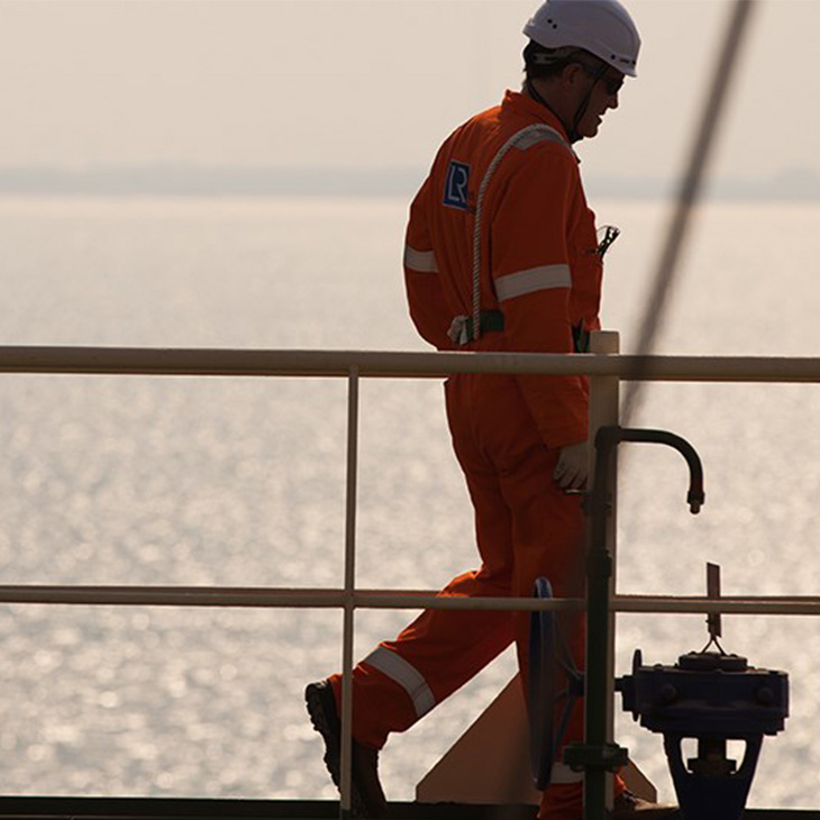Demonstrate to industry regulators that you’ve fully considered your operation’s human factors.
Overview
Guidance from industry regulators often set requirements around human factors. Owners and operators need to show that they’ve taken all necessary measures to address the human element when designing an asset and establishing the right safety management systems. In the energy sector, for example, the UK’s Control of Major Accident Hazards (COMAH) Regulations state:
“The Safety Report should show how design systems, which require human interaction have been designed to take into account the needs of the user and be reliable. In particular this should be demonstrated in/across: Control Room Design, Control Systems, Design Codes – Plant, Lifting Procedures, Operating Procedures, Permit to Work Systems, Training, Warning Signs.” COMAH UK, Safety report assessment guide: criterion 12.1.
We can help you meet such requirements.
What we offer
For your safety case or report, you’ll have independent assurance that the human element – and any potential opportunities for human error – have been identified. You’ll show that you’ve put all the appropriate safeguards in place.
In line with HSE assessment criteria, our Human Factors Safety Critical Analysis (HFSCA) tool gives you a tried-and-tested way to:
- identify your safety critical activities and tasks systematically
- clearly link recommendations to weaknesses
- cover safety critical tasks throughout normal operations, in emergencies and during maintenance activities
- help demonstrate compliance with safety case and safety report requirements.
How we support you
Our approach makes use of a range of established human factors methods, including activity mapping, manning studies, task analysis, efficiency analysis, human performance modelling and job role definition.
There are three main steps.
Step 1: Site procedure screening
Identifying which procedures are safety critical for further assessment. To do this, we consider the relationship between procedures and major accident hazard risk.
Step 2: Safety critical task identification
Considering major accident hazard risk to identify safety critical tasks for further analysis. Also known as safety critical task analysis.
Step 3: Human failure analysis
Considering the potential human failures when performing identified safety critical tasks. We’ll look at the likelihood and consequences of such failures, and whether associated risk reduction measures are adequate.
What are the benefits?
With our expertise and approach, you’ll have a completed human failure analysis. This gives you a full list of identified safety critical tasks, with details of potential human failures, their causes and the measures in place to manage the associated risks.
- Support your project safety case or safety report with full human factors considerations.
- Integrate our findings in to your site’s existing risk assessment documentation and procedures. We can help you here.
- Use the safety critical task analysis further – we can also help enhance operational safety and performance through manning efficiency analyses and human centred design.
Why choose LR?
Our specialists have used our approach successfully across safety critical industries. We’ve supported many safety cases and reports. We’ve helped our clients demonstrate that their installation design promotes safety by best managing the work environment and human factors. You can also take our support further, applying findings to a range of business improvement processes to optimise safe operational performance.






